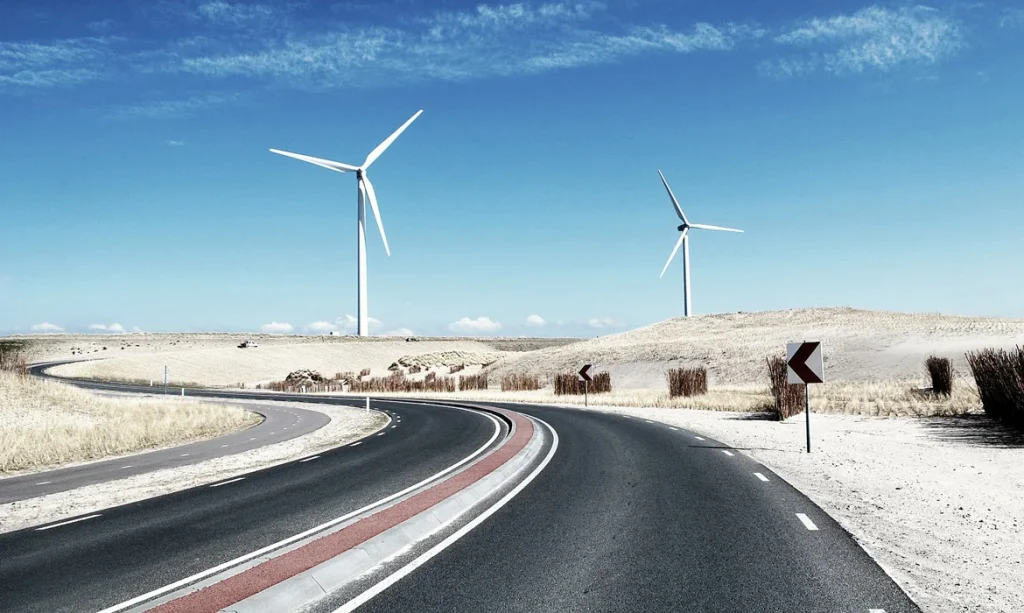
As the world faces escalating challenges from climate change and environmental degradation, the imperative to transition to sustainable energy sources has never been more urgent. This blog article explores various sustainable energy options that hold promise for future generations, emphasizing their environmental benefits, technological advancements, and global adoption.
Importance of Sustainable Energy
- Environmental Preservation: Sustainable energy sources, unlike fossil fuels, minimize environmental impact by reducing greenhouse gas emissions, air pollution, and ecological damage.
- Resource Conservation: Renewable energy sources like solar, wind, and hydroelectric power are abundant and inexhaustible, ensuring long-term energy security and resilience.
- Climate Change Mitigation: By decreasing reliance on fossil fuels, sustainable energy plays a pivotal role in mitigating climate change and achieving international climate targets.
Promising Sustainable Energy Sources
1. Solar Energy
Solar power harnesses sunlight through photovoltaic cells or concentrated solar power (CSP) systems, converting it into electricity or heat. It is one of the fastest-growing renewable energy sources globally.
- Advantages: Abundant, accessible, and scalable. Solar panels have a long lifespan and require minimal maintenance.
- Applications: From residential rooftop installations to large-scale solar farms, solar energy powers homes, businesses, and even contributes to grid stability.
2. Wind Energy
Wind turbines convert wind energy into electricity. They are increasingly deployed in onshore and offshore locations worldwide due to technological advancements and declining costs.
- Advantages: Clean, renewable, and widely distributed. Wind power is cost-effective and can be integrated into existing infrastructure.
- Applications: Wind farms generate electricity for communities and industries, contributing to national energy grids and reducing reliance on fossil fuels.
3. Hydroelectric Power
Hydropower utilizes flowing water to generate electricity through turbines. It is one of the oldest and most reliable forms of renewable energy, providing stable baseload power.
- Advantages: Emission-free and renewable. Hydropower reservoirs also offer water management benefits such as flood control and irrigation.
- Applications: Large dams and run-of-river installations supply electricity to millions of homes and support industrial processes worldwide.
4. Biomass Energy
Biomass energy derives from organic materials such as wood, crop residues, and waste. It can be converted into heat, electricity, or biofuels through processes like combustion and anaerobic digestion.
- Advantages: Utilizes organic waste, reducing landfill methane emissions. Biomass can provide reliable baseload power and support rural economies.
- Applications: Biomass power plants generate heat and electricity, and biofuels substitute for fossil fuels in transportation.
Advancements and Innovations
- Energy Storage: Advances in battery technology and grid-scale storage solutions enhance the reliability and integration of renewable energy sources.
- Smart Grids: Smart grid technologies optimize energy distribution, improve efficiency, and support bidirectional energy flows from distributed renewables.
- Electric Vehicles: The electrification of transportation reduces reliance on fossil fuels, leveraging renewable energy for sustainable mobility.
Global Transition to Sustainable Energy
Countries worldwide are committing to renewable energy targets and policies, driving investment and innovation in sustainable technologies. Initiatives like the Paris Agreement underscore the collective effort to achieve a low-carbon future.
Conclusion
Sustainable energy sources represent the cornerstone of a cleaner, more resilient future for generations to come. By embracing solar, wind, hydroelectric, and biomass energy solutions—and supporting technological advancements—we can mitigate climate change, preserve natural resources, and foster global energy security. Together, we can harness the power of sustainable energy to build a sustainable future.
